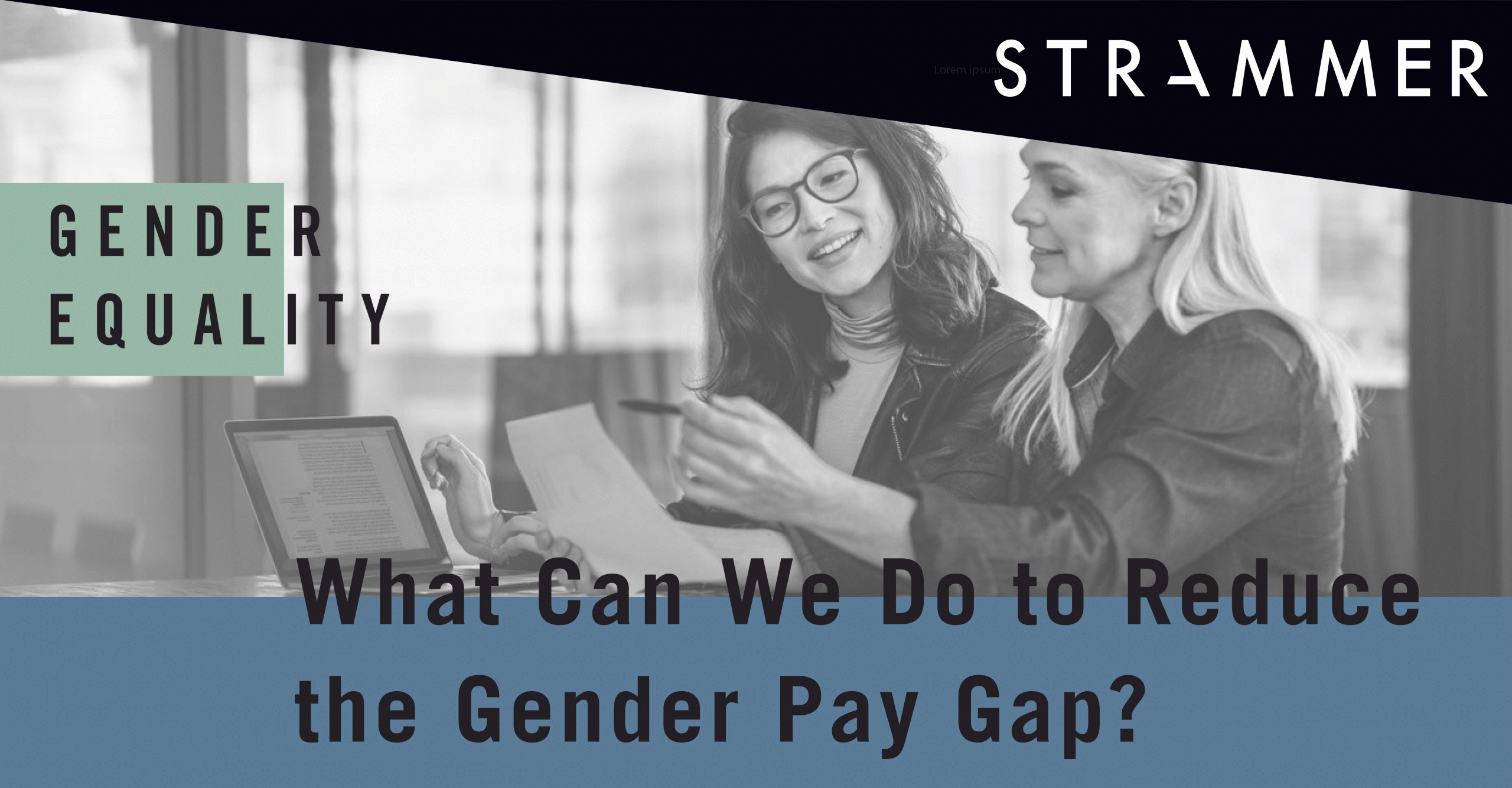Tackling the Gender Pay Gap
The 1957 European Treaty of Rome introduced two fundamental principles: “equal pay for equal work” and “equal pay for work of equal value”. While this shows clear progress in terms of equality between women and men in the workplace, we are still far from the ideal scenario.
For instance, according to the UK’s Office for National Statistics, in 2017, women earned 18% less than men. This is what we commonly call the gender pay gap, which translates into the wage difference between female and men workers. The World Economic Forum conducted a study that showed the gap will only be closed in 202 years. This really shows how urgent it is to tackle and raise awareness of the issue.
The question is: What exactly can companies do to address the gender pay gap?
Foremost, it is crucial organisations have a plan to solve the problem. Setting realistic goals and sharing them with the workforce, managers, leaders, and stakeholders can really help to raise awareness of this gap. In addition, measuring the gender pay gap is an efficient way to understand if organisations are doing enough to solve it. Therefore, companies must analyse the salaries of their workforce. If there is a gap, it may be important to ask workers for suggestion/advice.
Another strategy that organisations can use to tackle the pay gap is to offer work flexibility. Nowadays, in most families, women still play a larger role than men, which means they have more family-related tasks and less time, so it is difficult to work overtime. Flexible work can solve this issue. Also, if extra hours are scheduled in advance, it is more likely that they could better balance their work-life.
But besides flexible working hours, paid parental leave also helps to narrow the gap. Both men and women, need to have the chance to enjoy it. This will help female workers have more free time and bring more equality between men and women, in the workplace and at home.
In addition, women should also fight to close the wage gap. Much research has shown that women negotiate their salaries less often and are less confident in doing so. Thus, female workers must improve their persuasion and self-confidence, as this is crucial when asking for raises or even bonuses.
Plus, companies should provide training on the gender pay gap. For example, teaching female workers to negotiate wages and working conditions, how to return to work after maternity leave, and even help women develop critical skills/abilities. In this training, there must be women as mentors/coaches, so that women feel there is diversity and inclusion.
At the same time, governments are equally responsible for helping close the gender pay gap. Some of them are already acting. For instance, in the United Kingdom, companies with over 250 employees are required to report their gender pay gap statistics. As we said, it is an effective strategy that allows companies to understand if they are making enough effort. In Iceland, the country with the highest gender equality rates, organisations must prove they pay the same to women and men.
As we have seen, it is mandatory to close the gender pay gap as soon as possible. Thus, organisations, governments, and the workforce need to work together to do so.
References:
- On Women’s Equality Day, How To Fight The Gender Pay Gap, August 2019, Forbes
- Closing The Gender Pay Gap: What Women, Employers And Government Can Do, April 2019, Forbes
- How to Decrease Gender Pay Gap in 7 Steps, October 2019, Market Inspector
- Gender pay gap: Can it be fixed? April 2019, BBC





